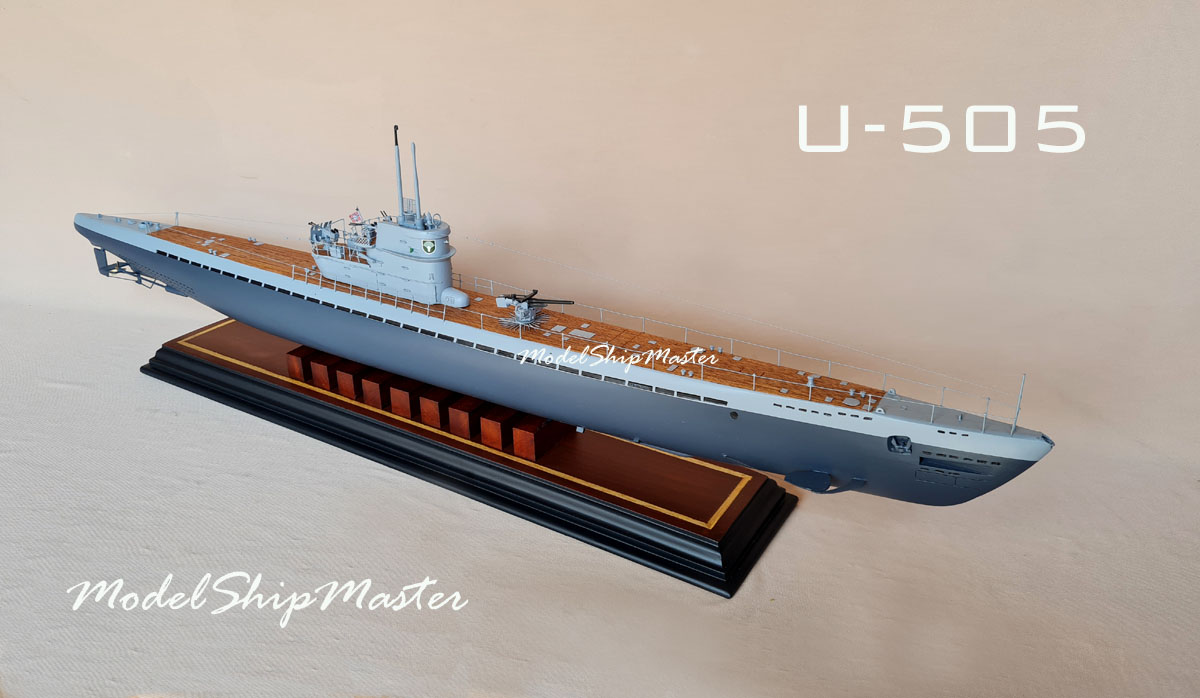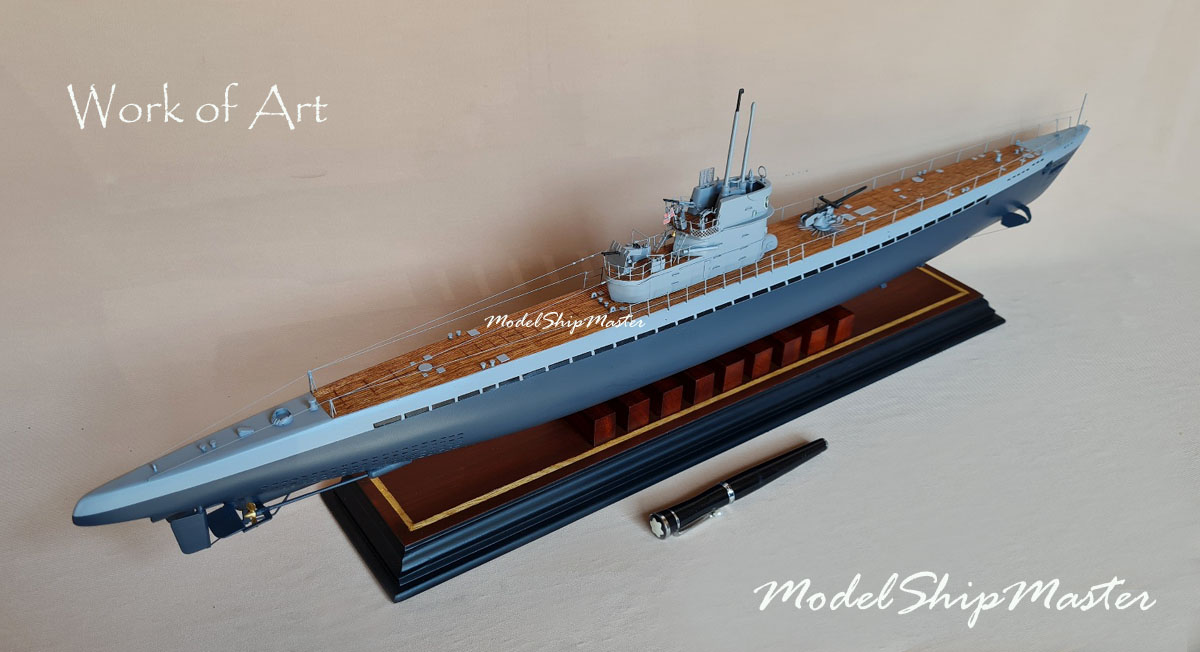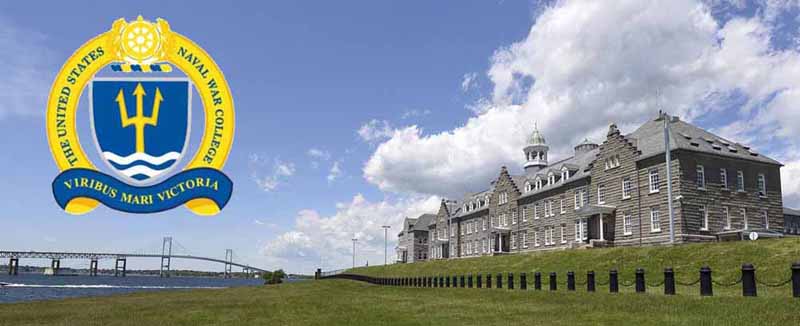|
U-505 submarine
U-505
is a German German Type IXC submarine. In her
career with the Kriegsmarine during World War II, she had the distinction of
being the "most heavily damaged U-boat to successfully
return to port" in World War II. She was the very first
U-boat that was captured by Allied forces during World
War II. The capture of U-505 played a significant role
in the battle against the deadly German submarines in
the Atlantic.

On 4
June 1944, a hunter-killer group of the United
States Navy captured the submarine U-505.
This event marked the first time a U.S. Navy vessel
had captured an enemy vessel at sea since the
nineteenth century. The action took place in the
Atlantic Ocean, about 150 miles off the coast of Rio
De Oro, Africa.
In March 1944,
antisubmarine Task Group 22.3 was formed with the
escort carrier USS Guadalcanal as the flagship. On
this cruise, Gallery pioneered 24-hour flight
operations from escort carriers in order to hunt
U-boats, which had begun remaining submerged during
daylight to avoid carrier-based aircraft.
On April 9, the task
group sank U-515, commanded by U-boat ace
Kapitšnleutnant Werner Henke. After prolonged depth
charging, the submarine was forced to the surface
among the attacking ships and the surviving crew
abandoned ship. The deserted U-515 was hammered by
rockets and gunfire before she finally sank. Gallery
saw that this would have been a perfect opportunity
to capture the vessel. He decided to be ready the
next time such an opportunity presented itself. The
next night, aircraft from the task group caught U-68
on the surface, in broad moonlight, and sank her
with one survivor, a lookout caught on-deck when the
U-boat crash dived.
On the next cruise,
Gallery took the unusual step of forming boarding
parties, in case of another chance to capture a
U-boat arose. On June 4, 1944, the task group
crossed paths with U-505 off the coast of Africa.
U-505 was spotted running on the surface by two
Grumman F4F Wildcat fighters from Guadalcanal. Her
captain, Oberleutnant Harald Lange, dived the boat
to avoid the fighters. But they could see the
submerged submarine and vectored destroyers onto her
track. The experienced antisubmarine warfare team
laid down patterns of depth charges that shook U-505
up badly, popping relief valves and breaking
gaskets, resulting in water sprays in her engine
room. Based on reports from the engine room, the
captain believed his boat to be heavily damaged and
ordered the crew to abandon ship, which was done so
hastily that full scuttling measures were not
completed.
Gallery
ordered the boarding party from the destroyer escort USS
Pillsbury to board the foundering submarine. The
destroyers used their antiaircraft guns to chase the
Germans off the vessel. Once on board, the party
replaced the cover of the sea strainer, thus keeping the
U-boat from sinking immediately. The boarders retrieved
the submarine's Enigma coding machine and code books.
(This was a primary goal of the mission because it would
enable the codebreakers in Tenth Fleet to read German
signals immediately, without having to break the codes).
U-505 became the first foreign
man-of-war captured in battle on the high seas by the
U.S. Navy since the War of 1812.

This incident was the
last time that the order "Away All Boarders!" was
given by a U.S. Navy captain. Lieutenant Albert
David, who led the boarding party, received the
Medal of Honor for his courage in boarding a
foundering submarine that presumably had scuttling
charges set to explode – the only Medal of Honor
awarded in the Atlantic Fleet during World War II.
For capturing U-505, Task Group 22.3 was awarded the
Presidential Unit Citation and Gallery received the
Distinguished Service Medal.
In addition to
vectoring in hunter-killer task groups on those
locations, these coordinates enabled Allied convoy
commanders to route shipping away from known U-boat
locations, greatly inhibiting the effectiveness of
German submarine patrols.
The U-505 affair
led to some concern among the Allied leadership.
This was largely due to worries that if the Germans
were to know that the sub had been captured they
would become aware that the Allies had broken the
Enigma codes. So great was this concern that Admiral
Ernest J. King, the US Chief of Naval Operations,
briefly considered court-martialing Captain Gallery.
To protect this secret, the prisoners from U-505 were
kept at a separate prison camp in Louisiana and the
Germans informed that they had been killed in
battle. Additionally, U-505 was
repainted to look like an American submarine and
redesignated USS Nemo.
In 1954, U-505 was
designated a National Historic Landmark and donated
to the Museum of Science and Industry in Chicago,
Illinois. She is now one of the only four U-boats
that survive as museum ships, and just one of two
Type IXCs still in existence with U-534.
ModelShipMaster.com is proud to have supplied many
models to the
Museum of Science and Industry for
permanent exhibition.

This primarily wood
U-505
model
is 30.5" long
x 9" tall x 4" wide
(1/100 scale)$2,750
 Shipping
and insurance in the contiguous USA included.
Other countries: $300 flat rate.
This model
is in stock and can be shipped within five business
day Shipping
and insurance in the contiguous USA included.
Other countries: $300 flat rate.
This model
is in stock and can be shipped within five business
day
We also build this
model at 42" long (1/72 scale)
$3,370.
The prices above are
for models without rust marks. It is only $400 extra
for our rust marks.
Click
here for a sample.
 |
A copy of this U-505
submarine is on permanent display at the
U.S. Naval War College
in Newport, Rhode Island. The Naval War College is
the staff college and "Home of Thought" for the United
States Navy. It educates and develops
leaders, supports defining the future Navy and
associated roles and missions. The U.S. Department
of Defense operates the National War College. |
Learn more about the U-505
here:
https://en.wikipedia.org/wiki/German_submarine_U-505
|